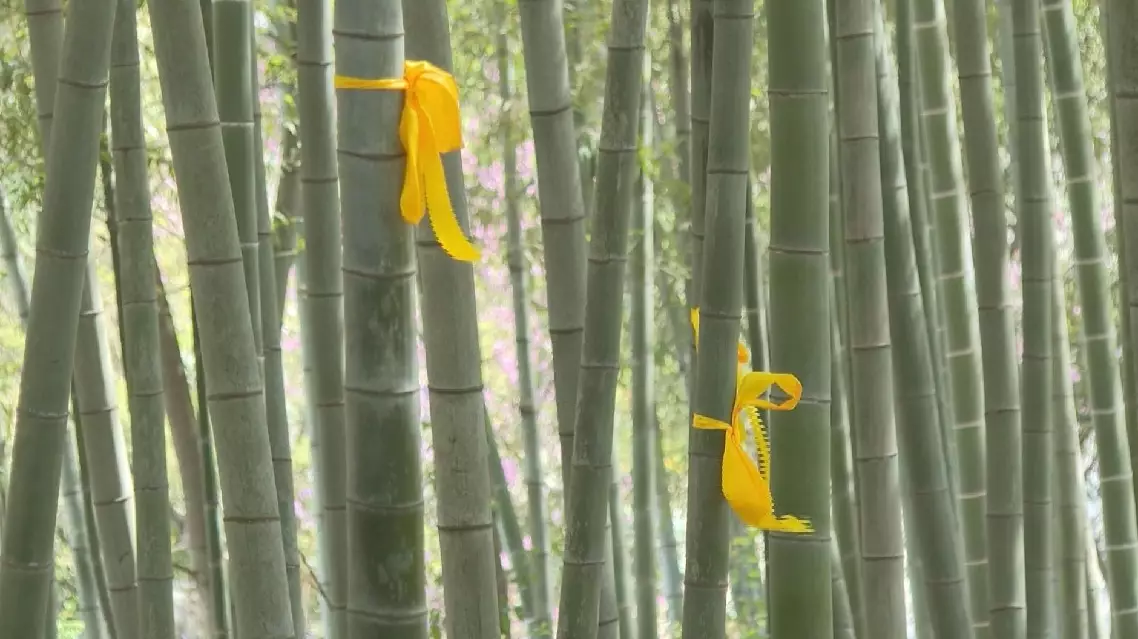A set of Chinese integrated electronic countermeasure system made its debut at the ongoing 15th China International Aviation and Aerospace Exhibition, also known as Airshow China, in the southern coastal city of Zhuhai.
The sand table of the electronic countermeasure system integrating various means to combat and interfere, such as communication countermeasure, radar countermeasure, and optoelectronic countermeasure, is on display at the booth of China Electronics Corporation (CEC).
"The sand table is also called electronic air defense system. This device is a jamming station against the radar of airborne early warning aircraft. It can reduce the detection capability of early warning aircraft by 70 to 80 percent. This is a jammer for the command, navigation and jamming groups, which mainly destroys the enemy's command link, communication link and data link," said Pan Shilong, vice general manager at sales support department of the ELINC China Co. Ltd., a subsidiary of CEC.
The sand table showcases a regional integrated electronic information system composed of 35 types of equipment, which simulates and restores the combat scenario of ground-to-air electronic countermeasures, according to Pan.
Multiple devices such as jamming stations and jammers in the sand table formed a joint operating group to detect the enemy's position in advance, after which jamming equipment can interfere with the targets, thereby weakening or destroying the effectiveness of the enemy's electronic equipment, said Pan.
"Different from the previous air defense systems that were mainly based on hard kill, we are now mainly focusing on soft kill. With two years of development, we have got the ability to systematize these equipment and have achieved remarkable results in the international market. The level of our equipment can meet the needs of international users," said Pan.

China's electronic countermeasure system makes debut at Airshow China
The concept of eco-friendly burials -- ways of laying loved ones to rest that reduce environmental impact -- has grown in popularity among the Chinese people, especially over the past five years.
In China, eco-friendly burials comprise forms such as lawn burials, flowerbed burials as well as tree burials, which require minimal land. Sea burials and biodegradable urn burials that do not take up any land are also popular options.
Analysts believe eco-friendly burials will help to alleviate the strain on land resources, contribute to environmental protection, and also fulfill people's emotional needs for remembering their departed loved ones. The Ministry of Civil Affairs said in 2024, there were 194,700 ecological burials of ashes across the country, up 67 percent from 2019. Among them, 53,500 were sea burials, an increase of 26 percent over 2019, and 141,200 tree burials, an increase of 90 percent over 2019. Today, 28 provinces in China offer rewards and subsidies to families who choose eco-burials.
"More and more people begin to accept land-saving ecological burial methods. China's land-saving ecological burial methods such as sea burials and tree burials have been on the rise every year. China's land-saving ecological burial facilities have become more full-fledged as local governments have increased their efforts to build these facilities," said Liu Tao, director of the Department of Social Affairs under the Ministry of Civil Affairs.
April 4 marked this year's Qingming Festival, also known as Tomb-Sweeping Day, a traditional Chinese festival for people to pay tribute to the deceased and to worship their ancestors.
During the period around this festival, people often visit graveyards, where they traditionally pay tribute to the dead by offering food and burning incense and paper money.
In recent years, with the support from the government, many have turned to greener practices, such as offering flowers and lighting electric candles. During this year's three-day Qingming Festival holiday from Friday to Sunday, people across China made nearly 54.34 million trips to burial sites, up 14.3 percent from last year.

Eco-friendly burials take root among Chinese people


















































